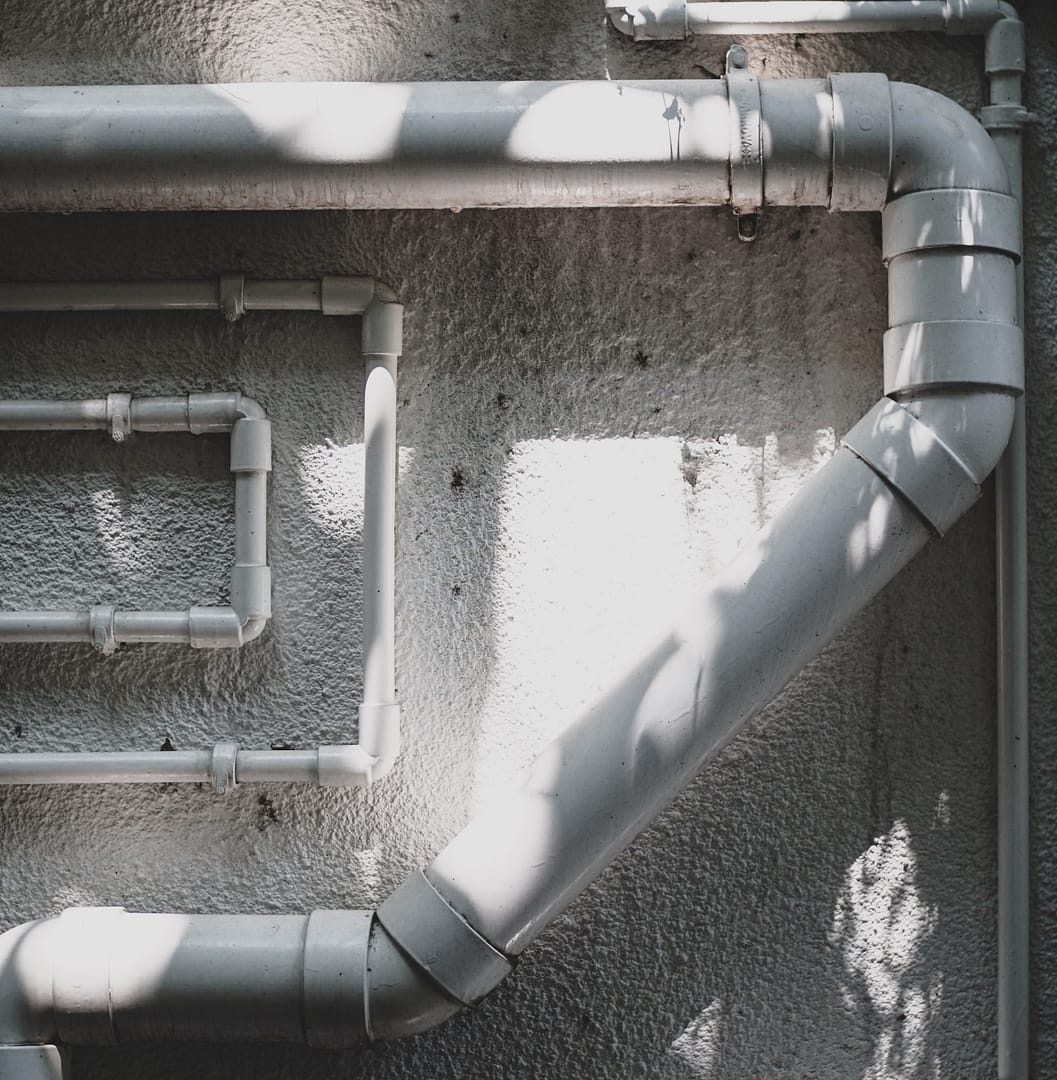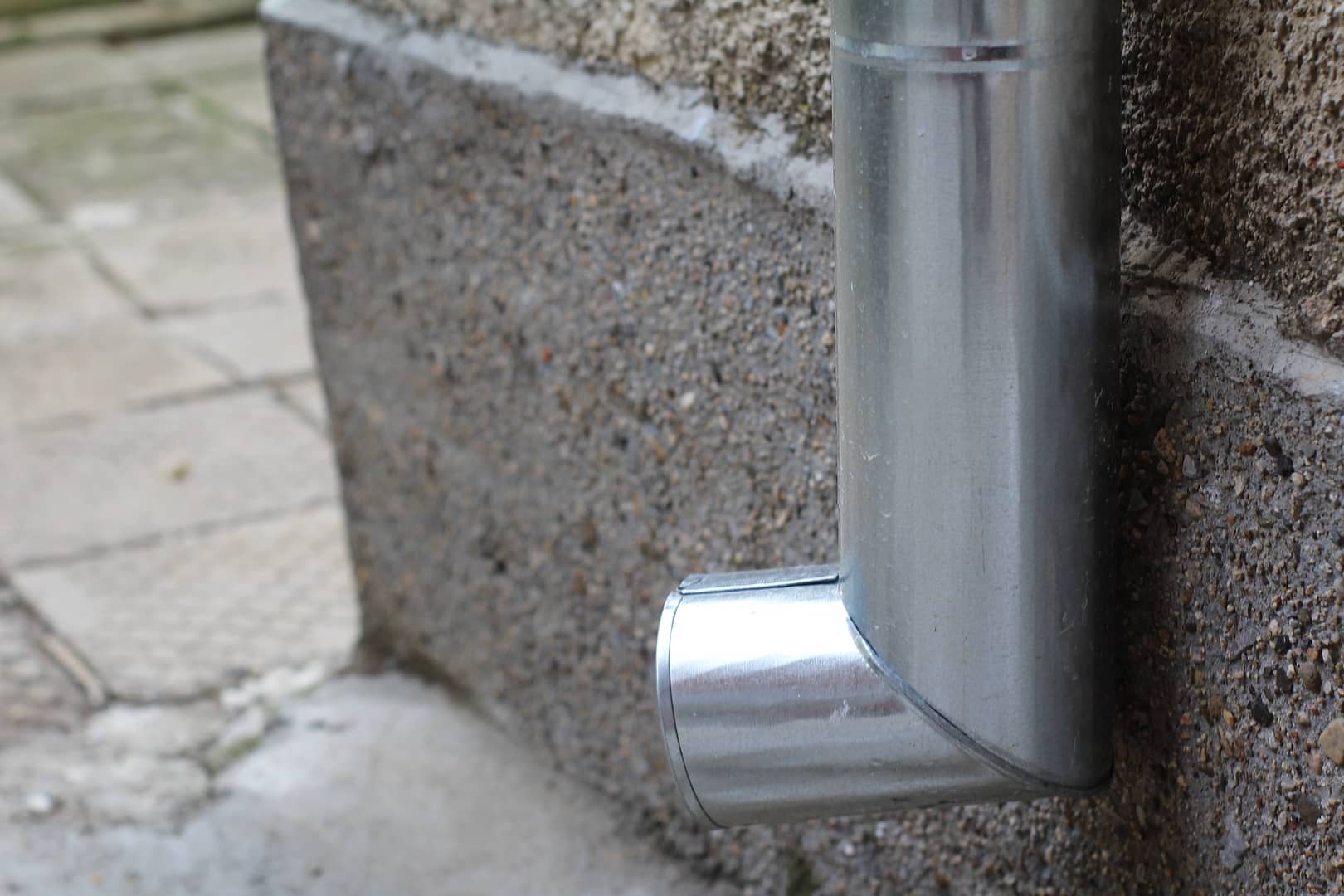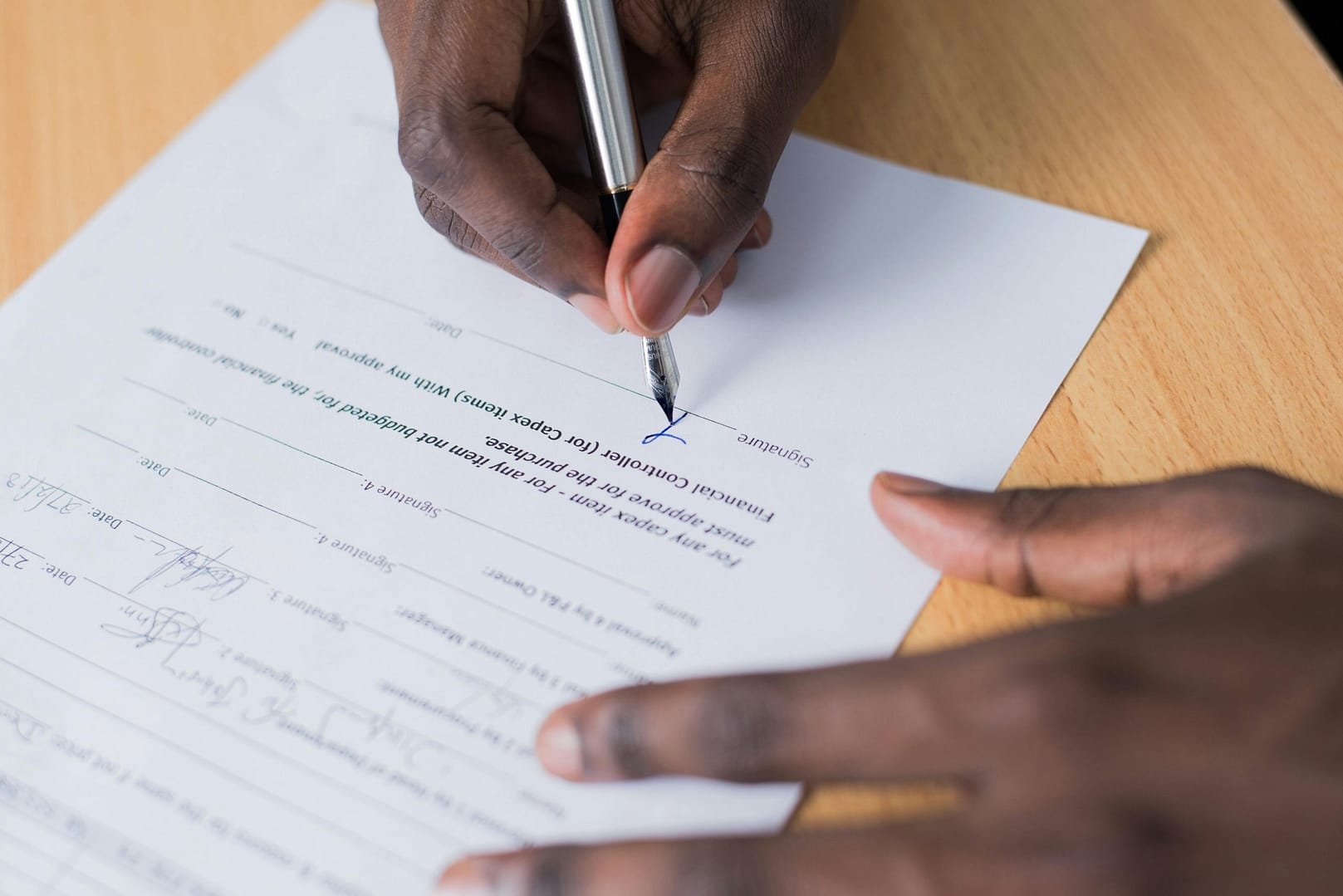Imagine waking up one rainy morning to find a small pool of water in your living room, and an unpleasant musty smell invading your home. You may be facing a severe case of housing disrepair, which often goes hand in hand with drainage issues. These problems can turn your cozy abode into a damp and dreary nightmare, but fear not! In this article, we’ll delve into the world of housing disrepair and drainage issues, exploring how to detect and address them, and understanding the responsibilities of landlords in such situations.
Detecting Draining Issues: A Soggy Saga
One of the telltale signs of drainage issues in a property is persistent dampness or water accumulation in unexpected places. You might notice damp patches on walls, peeling wallpaper, or even mold growth, especially after heavy rain. Often, these issues stem from faulty or blocked drainage systems, which fail to divert rainwater away from the property.
Additionally, a blocked drain might cause water to back up and seep into your home, leading to damage not only to the structure but also your belongings. Detecting these problems early on is crucial to prevent further damage and unnecessary stress.
Is the Landlord Responsible for Drainage? A Watery Legal Perspective
Now that we’ve explored the signs of drainage issues, it’s essential to understand who bears the responsibility for addressing them. In most cases, the landlord holds the key to resolving housing disrepair and drainage problems. When you rent a property, it is the landlord’s responsibility to ensure that the property is maintained in a habitable condition, free from disrepair and damage.
This means that the onus falls on the landlord to maintain the property’s drainage system, ensuring it functions efficiently and doesn’t pose any risks to the tenants. If you encounter drainage issues, it’s essential to promptly notify your landlord, providing details of the problem and requesting necessary repairs.
The Tenant’s Role: Communication and Cooperation
While landlords are legally responsible for repairing drainage issues, tenants play a crucial role in this process too. Promptly reporting any signs of dampness or drainage problems is essential. The earlier the issue is detected, the easier and less expensive it is to fix. A stitch in time saves nine, as the saying goes!
Maintaining good communication with your landlord is equally important. Ensure that you document all interactions, including notifications of the problem and the landlord’s response. This documentation can be valuable if any disputes arise regarding repairs or responsibilities later on.
The Repair Process: From Damp to Dry
Once you’ve alerted your landlord to the drainage issues, what can you expect in terms of repairs? The exact timeline and process may vary depending on the severity of the problem and the availability of contractors, but your landlord should act promptly.
Qualified professionals will likely inspect the drainage system and the property for underlying issues causing the dampness. They may need to clear blocked drains, repair damaged pipes, or even address structural issues that contribute to water ingress.
Preventing Future Dampness: A Tenant’s Guide
While your landlord is responsible for repairs, there are several measures tenants can take to prevent future dampness and drainage problems. Here are some tips to keep your rental home dry and cozy:
Regular Maintenance
Perform regular checks on the property, especially after heavy rain or storms. Look for signs of dampness, mold growth, or water stains, and report any issues to your landlord immediately.
Watch Out for Blockages
Be mindful of what goes down the drains. Avoid disposing of items that could cause blockages, such as grease, sanitary products, or excessive amounts of paper.
Ventilation is Vital
Ensure proper ventilation in the property. Good airflow helps prevent condensation, reducing the risk of mold growth and dampness.
Communicate Openly
Maintain open and respectful communication with your landlord. If you notice any issues, don’t hesitate to inform them promptly.
Use Appliances Wisely
Use appliances that generate moisture, such as washing machines and tumble dryers, with care. Make sure they are adequately vented to the outside to prevent excess humidity indoors.
Making a Housing Disrepair Claim: Navigating the Legal Waters
In unfortunate situations where your landlord fails to address housing disrepair and drainage issues despite prompt notifications, tenants may have legal recourse. Making a housing disrepair claim can be a complex process, but it is a necessary step to ensure your rights are protected and your living conditions are improved. Here’s a step-by-step guide to help you navigate the legal waters:
Document Everything
Gather all the evidence related to the disrepair and drainage issues. This includes photographs, videos, correspondence with your landlord, and any records of repair requests you made. Proper documentation strengthens your case and provides a clear picture of the problem’s severity.
Seek Legal Guidance
Consider seeking legal guidance from our team at National Claims, where we specialise in housing disrepair claims. We can assess your situation, advise you on the strength of your case, and guide you through the claim process.

Conclusion
Housing disrepair and drainage issues can be a frustrating and distressing experience for any tenant. However, by understanding your rights and responsibilities, and by maintaining open communication with your landlord, you can navigate these challenges more effectively.
Remember, prompt detection and reporting of drainage issues are crucial in preventing further damage to your rental property. While your landlord is responsible for repairs, adopting preventative measures and good maintenance practices can contribute to a dry and cozy living space.
In cases where your landlord neglects their obligations, don’t hesitate to seek legal guidance and explore the option of making a housing disrepair claim. Your well-being and living conditions matter, and you have the right to a safe and habitable home.
So, arm yourself with knowledge, stay vigilant, and may your journey toward a dry and happy home be smooth sailing from now on!
Contact us to start your housing disrepair claim and be put in touch with one of our claims specialists.
Click below to see why we are one of the most trusted claims management companies in the UK.

We’re proud of our excellent customer reviews
We thrive on delivering exceptional service and ensuring our clients’ satisfaction. Don’t just take our word for it. Check out some of our independent reviews to see what our clients have to say.
Excellent

This firm is excellent, they sorted out my car pay out and injury claim very fast, they always communicate with you all the time.

My accident case was dealt with confidence and with great result of the outcome, especially James kept me informed all the time.

I was very impressed at the way my inquiry was treated. I was listened to attentively and everything I needed to know was explained to me.






